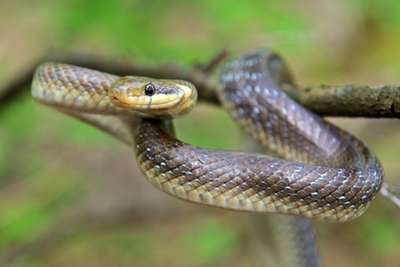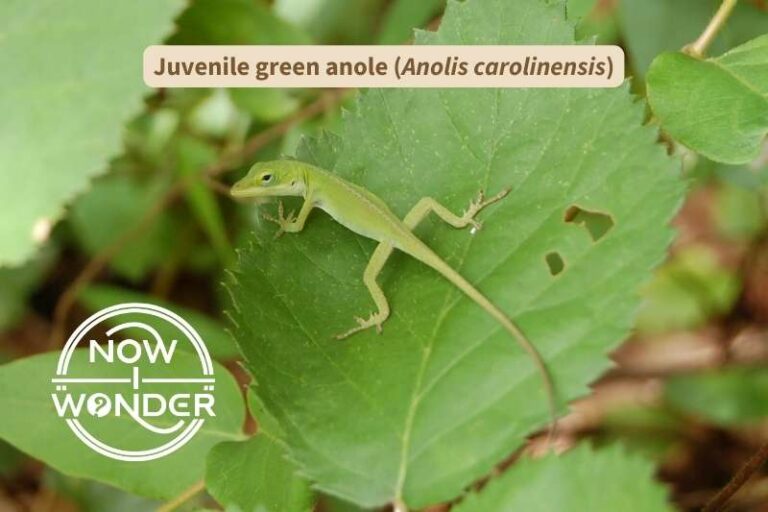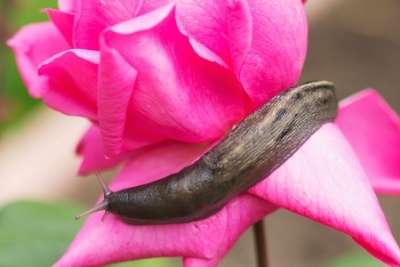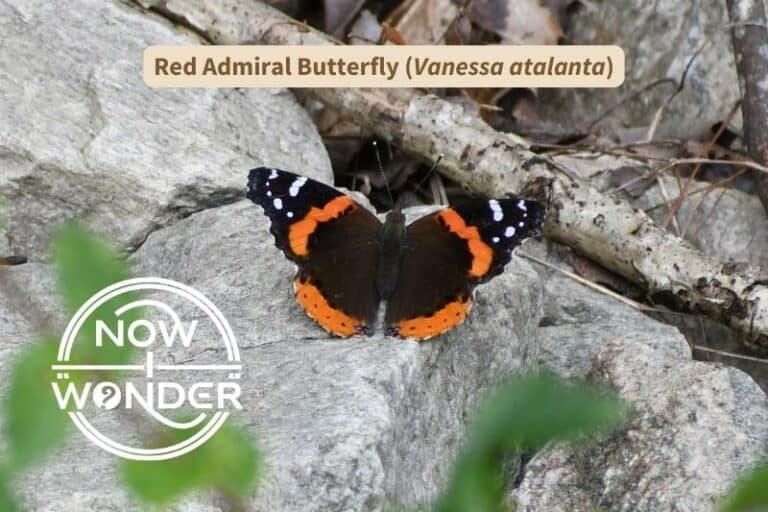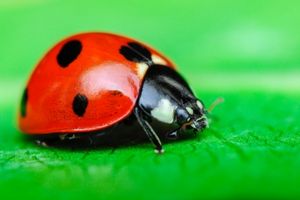Many people in North America are familiar with grasshoppers and have also heard about locusts. If you’ve ever wondered whether these insects are the same thing, this post will help.
Locusts are short-horned grasshoppers within the Family Acrididae that respond to crowded conditions by becoming gregarious and swarming. Non-locust grasshopper species remain solitary even when overcrowded and do not swarm. All locusts are grasshoppers but not all grasshoppers are locusts.
Both types of grasshopper cause significant damage to human interests by eating crop plants, but only locusts have become famous for rampant destruction. Read on to learn more about what makes a short-horned grasshopper a “locust”.
Overview of locusts
The term “grasshopper” is used as a generic or common name for all insect species classified within Family Acrididae, or “short-horned grasshoppers”. Locusts are short-horned grasshopper species that exhibit behavior changes in response to crowding.
There are approximately 9000 species of short-horned grasshoppers known worldwide; locust species are found in three sub-families; Cyrtacanthacridinae, Oedipodinae, and Gomphocerinae (Chapmant 2009).
Locusts change color when crowded; grasshoppers don’t
Locusts are dull colored under normal, uncrowded conditions – usually shades of green or brown depending on the species. This coloration lets them blend into their background and avoid predators. Species categorized as “locusts” change color when crowded. Their natural coloration shifts from normal green or brown to bold yellow and black.
The color change appears to be triggered to the physical jostling each insect experiences when crowded together. Increased physical contact between individuals causes chemical changes in the locusts’ nervous systems. The color change is permanent and begins within only a few hours of increased physical contact.
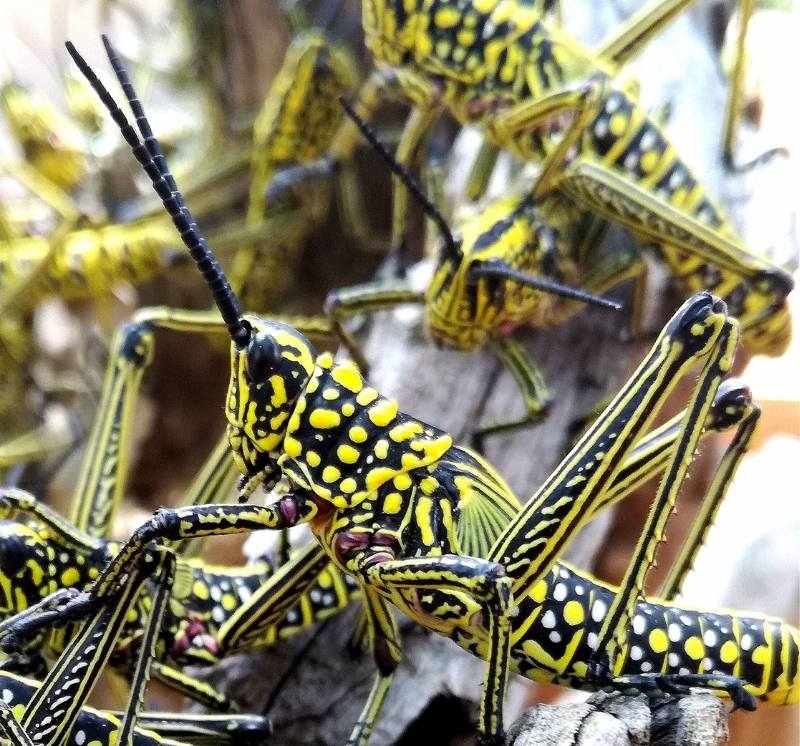
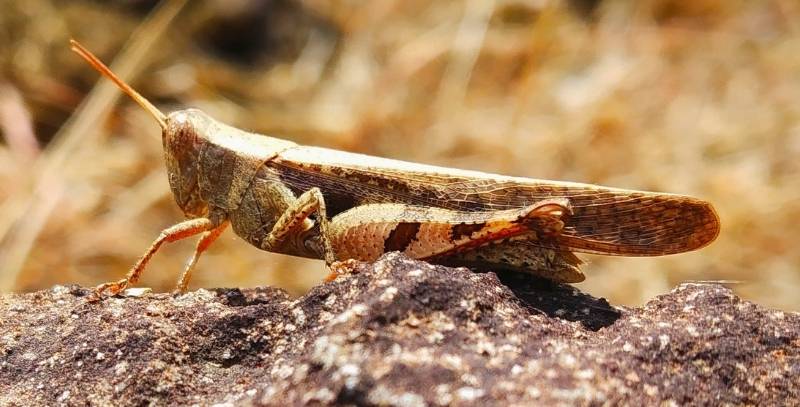
Locusts become social in a crowd; grasshoppers don’t
The defining characteristic that determines whether a grasshopper species is considered a “locust” is whether the species responds to crowding by fundamentally changing its natural behavior.
Both locusts and non-locust grasshoppers prefer to separate themselves from each other under normal circumstances. Short-horned grasshoppers generally like to spread out across the available habitat as much as possible.
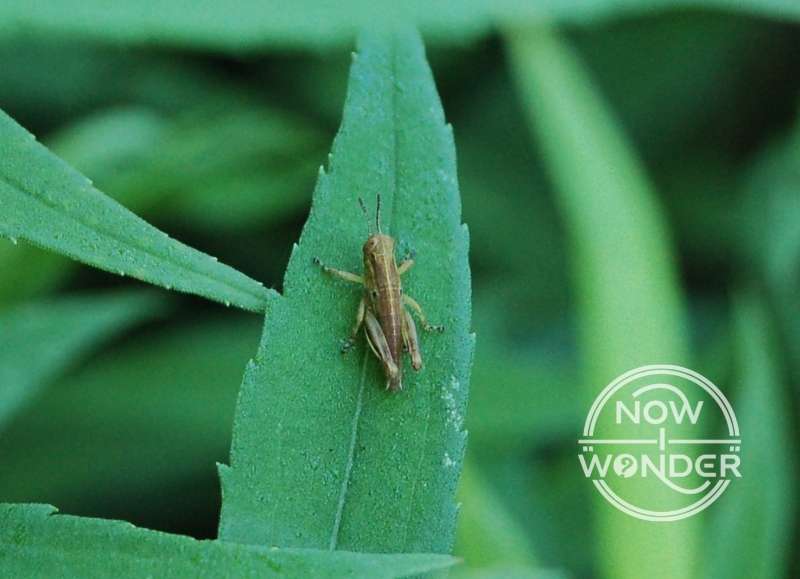
Spreading out allows each individual grasshopper access to a larger quantity of food. Additionally, large congregations of grasshoppers will attract the attention of predators. Therefore, grasshoppers usually come together only to mate.
However, environmental conditions can result in many more grasshoppers than usual congregating in a small area.
In nature, these solitary insects get crowded together when the plants upon which they feed grow scarce during a drought. Grasshoppers that normally disperse across a large area are forced closer together as the individuals converge on the remaining plants.
Grasshoppers that aren’t classified as locusts don’t change their behavior in any fundamental or permanent way in response to this crowding. They continue to separate themselves as much as possible even when forced to share a small space and resume their preferred solitary behavior as soon as the crowding lessens and more space is available.
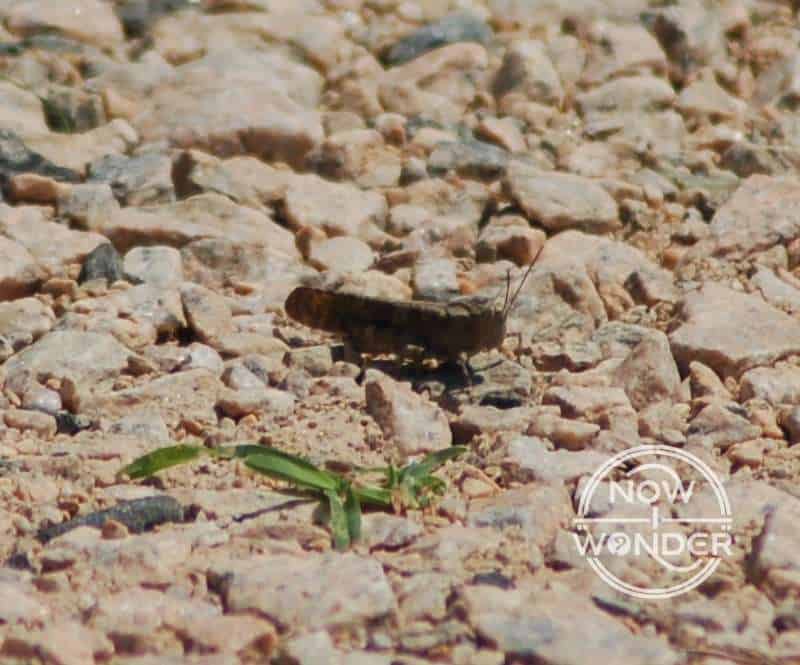
Locusts display a totally different – and dramatic – response to crowded conditions.
Locusts change their behavior after only six hours of being crowded (Chapmant 2009) and the changes linger. Each individual insect begins to align to its neighbors in a chain reaction that overrides the insects’ natural solitary preferences. The grasshoppers become attuned to the movements of their companions and begin behaving as a unit.
A tipping point is reached at a certain point when the every individual in the group performs the same movement as one. One insect turns to the right; its neighbors turn to the right, as do their neighbors. The movement of one insect translates into movement of the group and ripples out to all individuals until every insect is facing in the same direction.
Locusts swarm, grasshoppers don’t
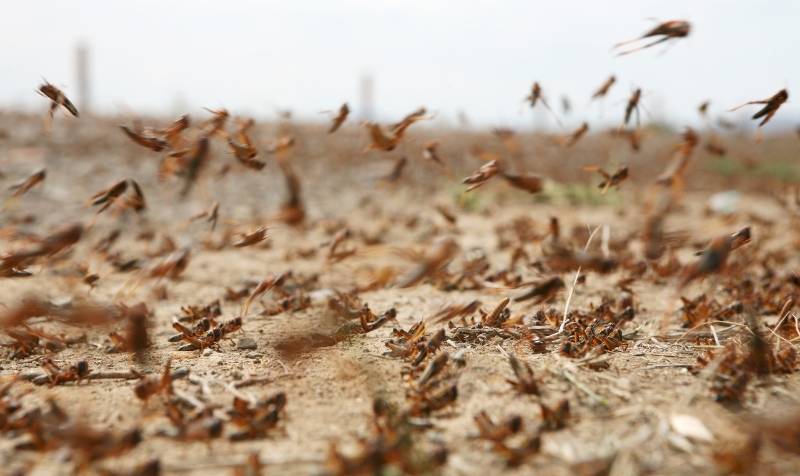
The combined effect of the change from solitary to gregarious and mass movement results in a locust “swarm”. A locust swarm can be made up of hundreds of millions of individual insects that behave as a single unit. As soon as the available food in the home area is exhausted, the swarm begins to relocate in a search for food.
A swarm will increase in size as it marches across the landscape looking for food. The flood of insects gets bigger over time as the group encounters more individuals, who quickly experience the same behavioral changes and join the swarm.
A locust swarm progresses in leap-frogging waves. The insects at the front edge stop to eat. The locusts coming up from behind are blocked from that food source by their companions so fly ahead to reach fresh vegetation. That line of insects becomes the front of the group until additional locusts coming from behind fly to become the new front edge. The repeating pattern advances the swarm’s position section by section.
A swarm’s traveling speed depends on how quickly the available food is consumed. The swarm has no set direction; it will simply advance to areas with uneaten vegetation and sometimes flow downhill on the path of least resistance.
Locusts retain the ability to fly. A swarm will often take flight in a group response triggered by the flight of locusts flying overhead to reach food. The swarms aren’t migrating in the usual sense because their flight is directionless but the insects can be lofted to high altitudes and blown far distances by prevailing winds.
Most short-horned grasshoppers are not locusts. Non-locust grasshoppers won’t change color, won’t change from solitary to gregarious and won’t swarm, even if subjected to the same crowded conditions that trigger these changes in locust species. Large groups of non-locust grasshoppers can cause significant local damage by virtue of so many insects feeding in a smaller area but they won’t achieve the sheer destructiveness of a locust swarm on the move.
Related Now I Wonder Posts
For more about grasshoppers and other insects in order Orthoptera, check out these other Now I Wonder posts:
- What do grasshoppers do? A day in their life
- What’s the difference between a grasshopper and a katydid?
- What is the difference between cicadas and grasshoppers?
- Grasshoppers vs. crickets
For information about insects in general, check out these other Now I Wonder posts:
- Do insects ever eat spiders? Part 1: Attacks from the air
- Do insects ever eat spiders? Part 2: Attacks from the ground
- Do insects have blood?
References
Chapman, R. F. “Locusts.” In Encyclopedia of Insects, edited by Vincent H. Resh, and Ring T. Carde. 2nd ed. Elsevier Science & Technology, 2009.
Food and Agriculture Organization of the United Nations, Locust Watch: Frequently Asked Questions (FAQs) about locusts” https://www.fao.org/ag/locusts/en/info/info/faq/
Garcia, M. “Melanoplus spretus; Rocky Mountain Locust”. Animal Diversity Web, University of Michigan, Museum of Zoology. https://animaldiversity.org/site/accounts/information/Melanoplus_spretus.html
Lagasse, P. “Grasshopper.” In The Columbia Encyclopedia, Columbia University. 8th ed. Columbia University Press, 2018.
“Locust” Wikipedia.com https://en.wikipedia.org/wiki/Locust

